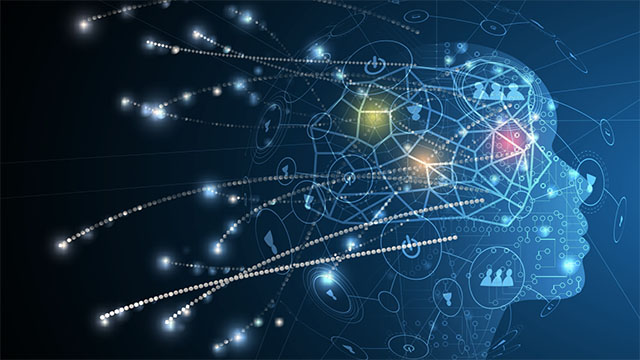Studies reveals Artificial intelligence can diagnose autism spectrum disorder
A study has found that artificial intelligence can diagnose autism spectrum disorder. Read further on Dynamite News:

Washington: A study has found that artificial intelligence can diagnose autism spectrum disorder.
The study was published in the journal, 'Scientific Reports'.
Diagnosing autism spectrum disorder (ASD) is still a daunting challenge because of the degree of complexity involved, requiring highly specialized professionals. Autism is a multifactorial neurodevelopment disorder with widely varying symptoms.
The study was based on brain imaging data for 500 people, about half of whom (242) had been diagnosed with ASD.
Machine learning techniques were applied to the data. “We began developing our methodology by collecting functional magnetic resonance imaging [fMRI] and electroencephalogram [EEG] data,” said Francisco Rodrigues, last author of the article.
He is a professor at the University of São Paulo’s Institute of Mathematics and Computer Science (ICMC-USP) in São Carlos, Brazil, and his contribution to the research was supported by FAPESP.
“We compared maps of people with and without ASD and found that diagnosis was possible using this methodology,” Rodrigues said.
The researchers fed a machine learning algorithm with these maps.
Based on the learned examples, the system was able to determine which brain alterations were associated with ASD with above 95% accuracy.
Also Read |
Nearly 8 in 1,000 babies born with alcohol-related birth defects: Study
Much recent research proposes methods for diagnosing ASD based on machine learning but uses a single statistical parameter, ignoring brain network organization, which is the innovation featured by this study, the article notes.
Brain maps or cortical networks show how brain regions are connected. Research on these networks began about 20 years ago and has offered a new vision of neuroscience. “Just as a road with interruptions alters the traffic in a region, a brain with alterations leads to changes in behavior,” Rodrigues said.
The analysis of fMRI data highlighted changes in certain brain regions associated with cognitive, emotional, learning and memory processes.
The cortical networks of ASD patients displayed more segregation, less distribution of information and less connectivity compared to controls.
“Until a few years ago, little was known about the alterations that lead to the symptoms of ASD. Now, however, brain alterations in ASD patients are known to be associated with certain behaviors, although anatomical research shows that the alterations are hard to see, making diagnosis of mild ASD much harder. Our study is an important step in the development of novel methodologies that can help us obtain a deeper understanding of this neurodivergence,” Rodrigues said.
The methodology is under development and will take years to implement.
Nevertheless, it will contribute to the understanding of cerebral differences and will be useful in future to assist specialists, especially in cases involving diagnostic uncertainty.
For Rodrigues, the study is a small contribution to a deeper understanding of how ASD relates to brain alterations.
Much more research is needed for this automatic diagnostic method to be put into practice.
Also Read |
Predicting autism risk in pregnant mothers
Brain mapping can be useful to diagnose other conditions apart from ASD.
Previous work shows that brain maps can also be used to detect schizophrenia with considerable accuracy.
“We began developing novel methods to identify mental disorders a decade ago. We found that the diagnosis of schizophrenia can be much improved using brain networks and artificial intelligence. We also recently studied use of the methodology to investigate Alzheimer’s disease and found accurate automatic diagnosis to be possible,” Rodrigues said, referring to a study reported in 2022 in the Journal of Neural Engineering.
Many challenges have to be surmounted, such as small databases and the difficulty of collecting data, but as a general methodology it can help scientists understand several conditions, and one of the group’s goals is investigating the relationships among mental disorders.
“How similar in terms of brain alterations are schizophrenia and Alzheimer’s? If we can find correlations between mental disorders, we may be able to develop novel medications and similar treatments for different conditions, or even adapt treatment for one condition to use in another. We’re a long way from this, but the path ahead is promising,” Rodrigues said.
The researchers expect a better understanding of how brain alterations influence behavior to lead to more humane and efficient treatment as well as more effective public policies.
The complexity of the subject is evident from the interdisciplinary nature of the research involved.
The group comprised physicists, statisticians, physicians and neuroscientists from centers in Brazil, France and Germany.
They analyzed medical data compiled by neurologists and brain imaging studies by neuroscientists, as well as algorithms developed by physicists and statisticians. (ANI)
 Dynamite News
Dynamite News 